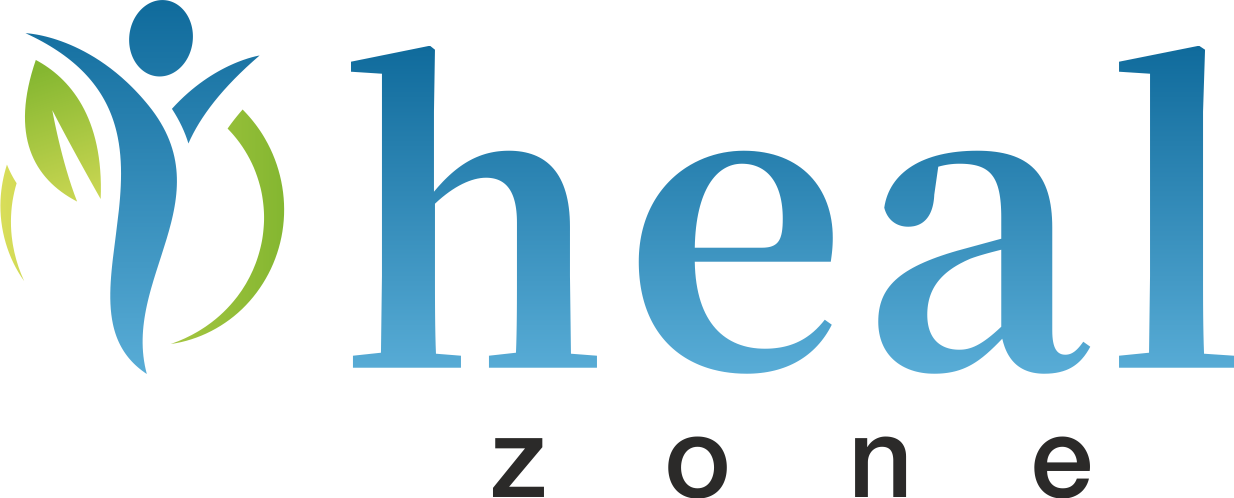Pancreatic cancer is one of the most challenging forms of cancer to detect early, earning its reputation as a “silent killer.” The initial pancreatic cancer symptoms are often subtle, leading to delayed diagnosis and lower survival rates. Raising awareness of these early signs and pancreatic cancer symptoms can help in early detection and potentially improve treatment outcomes. At Heal Zone, the most trusted name in the domain of medical tourism, we believe that patient education is the first step toward better health outcomes. This post is designed to educate you about pancreatic cancer symptoms, helping you spot warning signs that might otherwise go unnoticed.
What is Pancreatic Cancer?
Pancreatic cancer occurs when abnormal cells in the pancreas begin to multiply uncontrollably. The pancreas plays a critical role in digestion and regulating blood sugar. There are two main types of pancreatic cancer:
- Exocrine Pancreatic Cancer: The most common form, affecting the cells responsible for producing digestive enzymes.
- Endocrine Pancreatic Cancer: A rarer type, often called neuroendocrine tumors, which impacts hormone-producing cells.
Pancreatic cancer’s reputation for being aggressive is due to its subtle onset. Understanding early symptoms can be key to detecting it before it advances too far.
Why Pancreatic Cancer is Hard to Detect Early
Early detection of pancreatic cancer is a significant challenge because:
- Pancreas location: It sits deep in the abdomen, and small tumors often go unnoticed.
- Subtle symptoms: Initial symptoms are usually mild and often mistaken for other common ailments like indigestion or back pain.
- Lack of screening tests: Unlike some cancers, pancreatic cancer lacks effective and routine screening tests, particularly for those without high-risk factors.
Knowing the early signs of pancreatic cancer is crucial for timely diagnosis. Below are some of the most common symptoms to be aware of:
1. Unexplained Weight Loss
.jpg)
Unintentional and rapid weight loss is a key early symptom. As cancer cells multiply, they consume the body’s energy, leading to significant weight loss, even when a person is eating normally. Additionally, pancreatic cancer can affect the pancreas’s ability to produce digestive enzymes, leading to malabsorption and further weight loss.
2. Jaundice (Yellowing of the Skin and Eyes)
Jaundice is a telltale sign of pancreatic cancer, particularly when the tumor is located near the head of the pancreas and obstructs the bile duct. Jaundice manifests as yellowing of the skin and eyes, and it can also cause dark urine and pale stools. Patients may notice this early on, which is often one of the first visual symptoms of pancreatic cancer.
3. Digestive Issues and Abdominal Pain
Digestive problems, including bloating, nausea, and abdominal pain, are common early signs. The pain is typically centered in the upper abdomen and can radiate to the back. It’s often worse after eating or when lying down, mimicking conditions like gastritis or peptic ulcers. In some cases, patients report persistent pain that doesn’t respond to conventional treatments.
4. Changes in Stool (Steatorrhea)
Steatorrhea, or fatty stools, is another early indicator of pancreatic cancer. Stools may become pale, greasy, and difficult to flush. This occurs because the pancreas is no longer producing enough enzymes to properly digest fat. This symptom can be subtle but is worth noting, especially when combined with other signs.
5. Newly Developed Diabetes
Sometimes, pancreatic cancer disrupts the pancreas’s ability to regulate blood sugar, leading to the onset of type 2 diabetes. This is particularly concerning when it occurs suddenly in someone without traditional risk factors for diabetes. The link between newly developed diabetes and pancreatic cancer is strong; in fact, a study in The Lancet found that 50% of pancreatic cancer patients had developed diabetes in the months preceding their diagnosis .
6. Fateakness
Chronic fatigue is a common symptom of pancreatic cancer, particularly in its early stages. Patients often report unexplained tiredness that doesn’t improve with rest, which is often caused by malnutrition, poor digestion, and the cancer itself using the body’s energy reserves.
Pancreatic Cancer Risk Factors
Several risk factors increase the likelihood of developing pancreatic cancer. Awareness of these factors can aid in identifying pancreatic cancer symptoms early, which is crucial for timely diagnosis and treatment. Recognizing these symptoms alongside understanding your risk factors can significantly improve outcomes.
Genetic Predisposition
Inherited genetic mutations, such as BRCA1, BRCA2, or Lynch syndrome, increase the risk of pancreatic cancer. According to the American Cancer Society, about 10% of pancreatic cancers are thought to have a genetic cause . Individuals with a stronistory should consider genetic counseling and screening.
Smoking and Tobacco Use
Smoking is one of the strongest risk factors for pancreatic cancer. Smokers are about twice as likely to develop this cancer as non-smokers. The harmful chemicals in tobacco can damage pancreatic cells, leading to mutations.
Chronic Pancreatitis
People with chronic pancreatitis, a long-term inflammation of the pancreas, are more likely to develop pancreatic cancer. This is especially true for individuals with hereditary forms of pancreatitis or those who have a history of heavy alcohol use.
Obesity and Sedentary Lifestyle
Obesity increases the risk of pancreatic cancer by 20%, as excess body fat can lead to inflammation and insulin resistance, which are linked to cancer development . A sedentary lifestyle further com risk.
Diagnosis of Pancreatic Cancer
.jpg)
Detecting pancreatic cancer requires multiple diagnostic steps due to the complexity of the disease. If early symptoms are present, healthcare providers may recommend the following tests:
- Blood Tests: Blood tests may detect elevated levels of CA19-9, a tumor marker associated with pancreatic cancer.
- Imaging Tests: Advanced imaging techniques like CT scans, MRIs, and endoscopic ultrasounds are crucial in visualizing the pancreas and detecting abnormalities.
- Biopsy: If a suspicious mass is found, a biopsy is taken to determine if the cells are cancerous.
Why Early Detection Matters
Earon can be the difference between life and death. Pancreatic cancer has one of the lowest survival rates of any cancer, but that improves drastically when the disease is caught early and treated aggressively.
The common treatments for early-stage pancreatic cancer include:
- Surgery: The Whipple procedure is one of the most common surgeries for pancreatic cancer, aiming to remove the tumor.
- Chemotherapy and Radiation: These treatments are often used in conjunction with surgery to prevent the spread or recurrence of cancer.
What to Do if You Notice Symptoms
If you or a loved one are experiencing any of these early symptoms, it’s essential to consult a healthcare professional. Pancreatic cancer symptoms can overlap with other less serious conditions, but catching it early could save your life.
At Heal Zone, we’re here to help. As the most trusted name in medical tourism, we specialize in providing access to top-tier treatment options for complex conditions like pancreatic cancer. We offer access to some of the world’s most advanced diagnostic tools and treatment protocols, ensuring patients get the best care possible.
Conclusion: Breaking the Silence Around Pancreatic Cancer
Pancreatic cancer is a silent yet deadly disease, but raising awareness of its early signs can lead to earlier detection and better survival rates. Recognizing symptoms and understanding risk factors are crucial steps in fighting the disease. If you or a loved one is at risk, consult a healthcare professional promptly. Heal Zone, the trusted name in medical tourism, provides access to world-class care, helping improve outcomes for pancreatic cancer patients. Together, we can break the silence and make a difference.
 Translate
Translate
 English
English  العربية
العربية  Русский
Русский  বাংলা
বাংলা 

